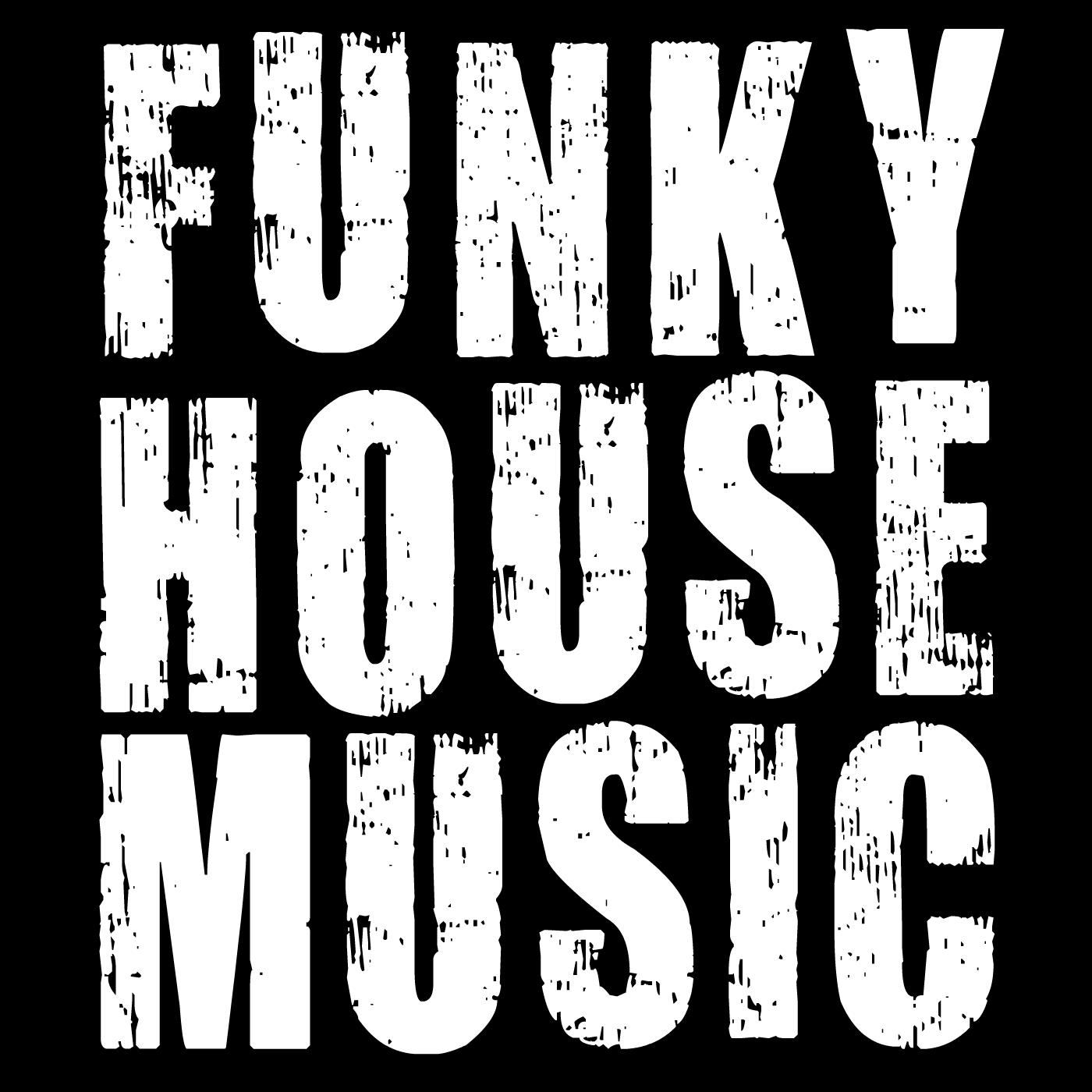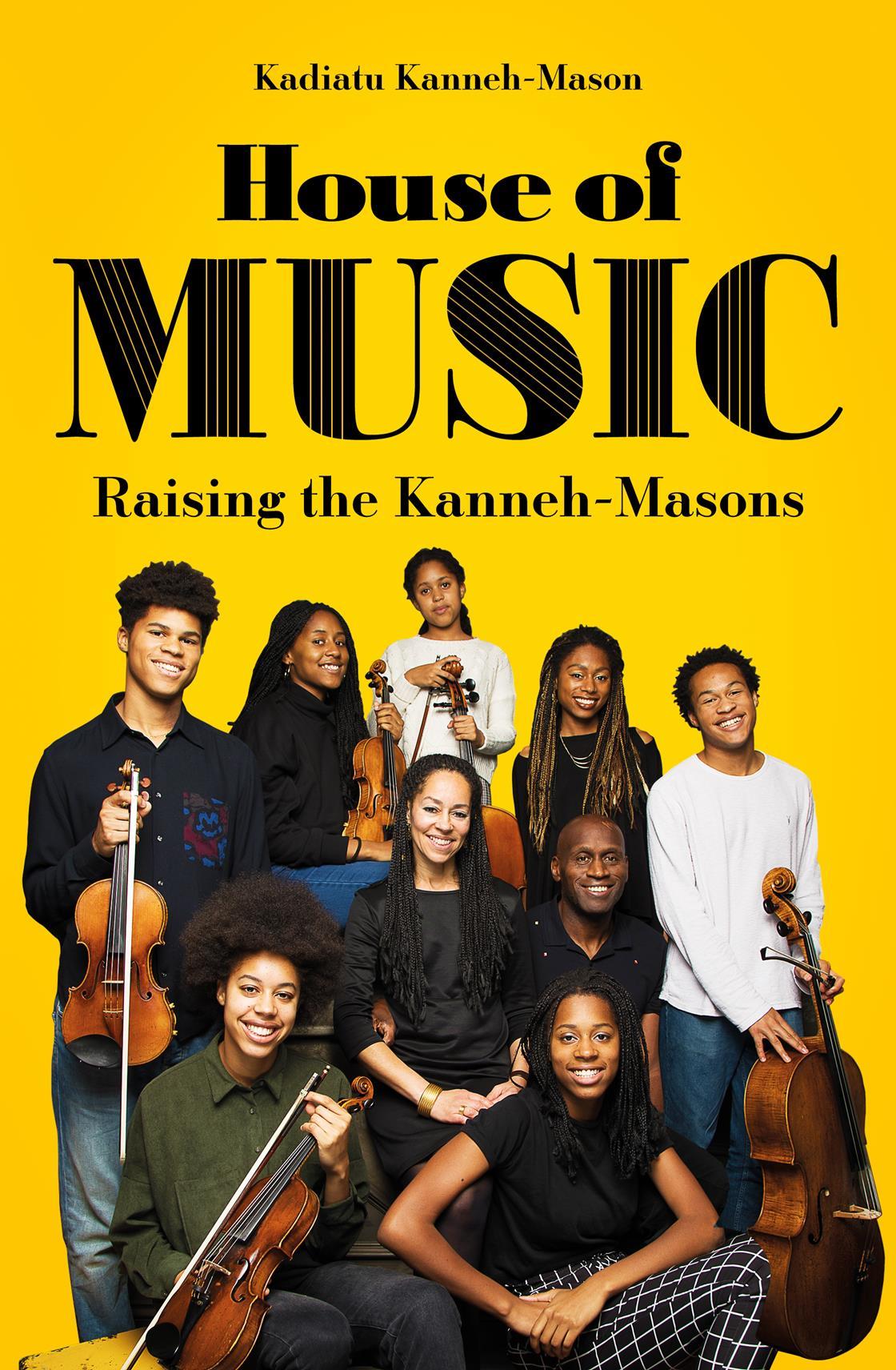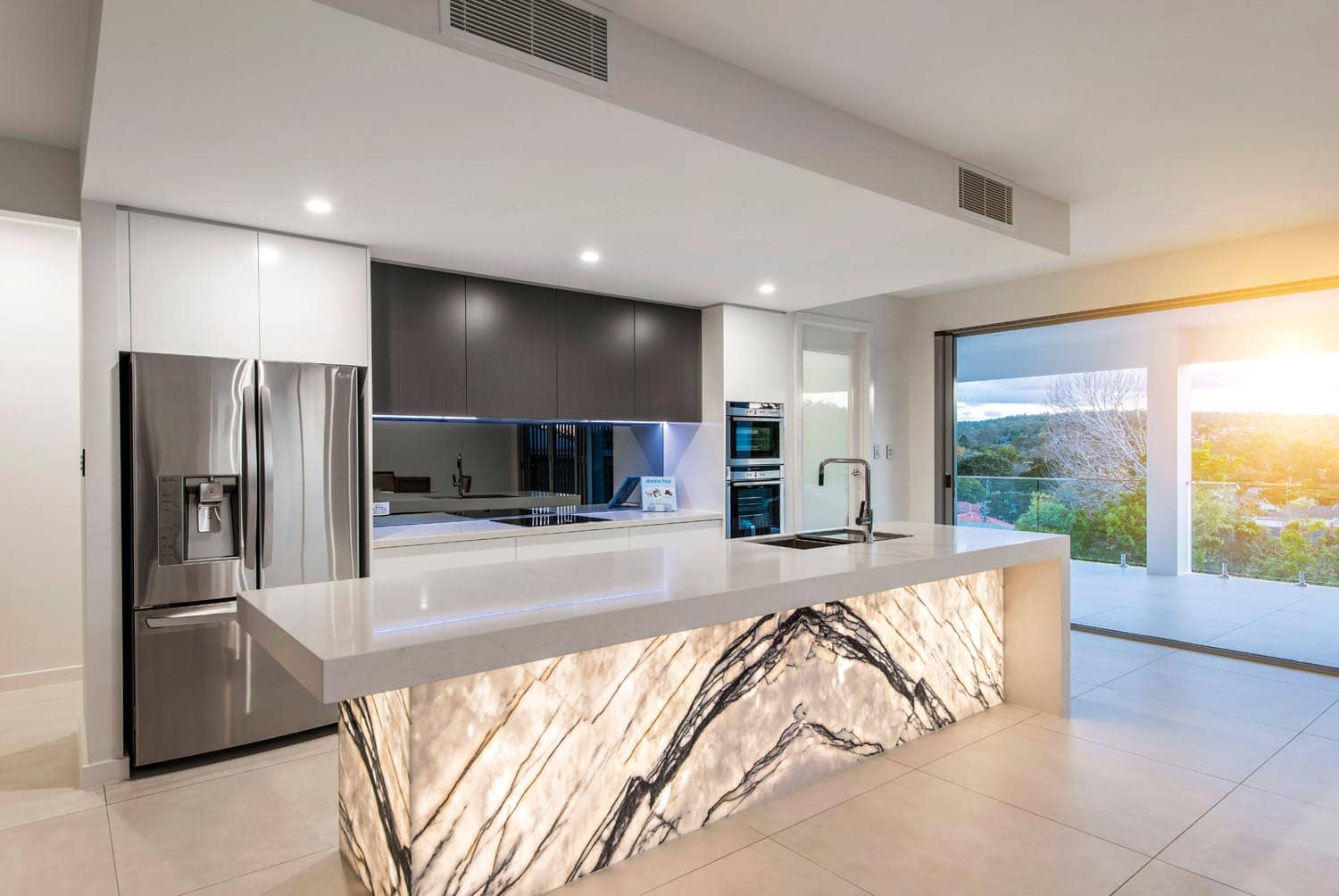Table Of Content
While Above&Beyond and Anjunabeats captured my heart in 2012, the genre I love the most is Hardstyle and I feel the most alive when listening to it. My favorite part about the EDM world is the energy that is packed into each genre fan base and event. Writing for Deep In The Mix gives me the opportunity to contribute back to the EDM world I love so much. Dancing to house music can be a great experience, whether you are at a club or a party.
: Chicago house, acid house and deep house
Its vibrant rhythms have not only dominated dance floors worldwide but also influenced numerous other music genres. Last month, when Beyoncé became the winningest musician in the history of the Grammys, the prize that put her over the top was in the category of best electronic/dance album. And when she stepped onto the stage at Crypto.com Arena in Los Angeles to accept the award, she put her album, RENAISSANCE, into a very particular lineage.
House Music Guide: History, Subgenres, Clubs, and Artists
Breakbeats also became huge during this era, with Fatboy Slim, The Prodigy, and The Chemical Brothers hitting billboard charts. The lucky attendees of The Warehouse were the first people in the world to experience this new sound and cultural movement. Acid house and tracks like “Acid Tracks” were extremely influential and responsible for the Summer of Love in the UK. Many off-street lots and garages are booked, and street parking will be limited or restricted in the area.
Show Me Love – Robin S.
Disco hits were dominating the Top 40 radio stations and topping the charts. However, disco’s mainstream popularity drew backlash from haters, and a “Disco Sucks” movement rose. House music is an influential genre of dance music that has become a global phenomenon. It has been keeping people dancing for decades, spawned subcultures, influenced technology, united people, and propelled music innovation. To is confused with the American style of house music known as progressive trance. European progressive house is characterized by its complex melodies and a focus on sonic experimentation.
“Your Love” by Frankie Knuckles
The house sound has even left its mark on other genres, such as pop, hip-hop, and indie rock. Because it’s such a repetitive style of music, once you get the basic formula down, it’s not too difficult to replicate. The popularity of disco declined substantially after “Disco Demolition Night.” The event also triggered a nationwide sentiment against disco. Many still believe the anti-disco movement expressed racism and homophobia. As a result, record sales fell, and the number of disco songs on the Billboard Top 10 went from six to zero in over eight weeks. US record labels had to look elsewhere, and DJs were forced to explore new mixing approaches to create dance music.
‘Mystery of Love’ – Fingers Inc.

Disco might have died, but that didn’t mean that dance music wasn’t popular anymore. The advancements that disco made in audio mixing and DJing had a profound impact on house music. The genre’s 4/4 rhythm, everpresent deep basslines, and clave styles helped set it apart as a free expression of dance music during its heyday and would influence other styles of music from techno to hip hop. It also was one of the biggest genres including electronic music, synthesizers, and drum machines. In addition to those developments, it was one of the genres that helped advance the art of audio mixing.
ESTILO by Rose: Well-Dressed House Music - Discover Atlanta
ESTILO by Rose: Well-Dressed House Music.
Posted: Wed, 24 Apr 2024 23:08:11 GMT [source]
House sub genres
House Music Essentials Vol. 29 featuring Barkin, TATE SEDAR & more - We Rave You
House Music Essentials Vol. 29 featuring Barkin, TATE SEDAR & more.
Posted: Wed, 24 Apr 2024 19:44:09 GMT [source]
Born Anton Zaslavski in Russia, he moved to Germany at the age of four and grew up in Kaiserslautern. He first developed a love for music, playing the drums in a local band at age 12. House music is electronic dance music originated in Chicago in the early 1980s.
In fact, there’s a lot of hate for the subgenre as it feels too repetitive or predictable. Big Room House became one of the most recognizable subgenres of House in the 2010s. It has some of the biggest names in the industry, including Swedish House Mafia, Martin Garrix, Calvin Harris, Sander Van Doorn, and Hardwell. While a great effort was made to accomplish it, it’s not really possible to make an exhaustive list of House subgenres. Ever told someone about your favorite DJ and were completely baffled when they asked, “What genre do they play? ” I know I have, and I’ve been listening to all sorts of electronic music for a couple of decades.
It quickly spread to Detroit and New York, where new scenes and styles of music were emerging. Record labels in these cities also started focusing more on electronic music designed to make people dance. Even radio stations such as Chicago’s “The Hot Mix 5” were playing house music. By the mid-80s, house music had spread internationally and was one of the most popular genres in Europe. The first direct descendant of disco in the early 80s, house music, emerged as an underground movement born out of the urban gay culture in New York City. House is said to have been “born from the ashes of Disco” after the launch of an anti-disco movement.
Producers who occupy the darker end of house tend to use synths and samples as percussion elements, avoiding the more standard percussion sounds. Central to house music’s groove is the 4/4 beat, often referred to as “four to the floor.” This rhythmic pattern places a strong kick drum beat on every count of the bar, creating a consistent and danceable pulse. The unrelenting 4/4 beat is what keeps dancers moving and is a hallmark of not only the house genre, but a majority of club based electronic music from trance and techno to modern pop music and beyond.

In order to keep the dance floor going, Knuckles experimented with an eclectic mix of beats and styles as disco’s popularity faded and fewer dance tracks were being released. House music gets its name from the Warehouse, a nightclub in Chicago where house legend DJ Frankie Knuckles was a resident. Knuckles would mix disco, soul, funk, and other styles of music, and eventually began to incorporate electronic elements like drum machines and synthesizers. This new style was referred to as the “Warehouse sound” or “House” music, a reference to the club’s name. With its origins in the early-mid 2010s, Bass House is a style of house that takes elements of both riddim and UK bass.
It evolved from that into incorporating Latin American vocals, percussions, and powerful Flamenco riffs along with the classic house structure. This made it more suitable for radio than most other subgenres which contributed to its huge success. There are so many subgenres under Deep House, including but by no means limited to Slap House, Brazilian Bass, Outsider House, and Tropical House. This is possibly the most referenced subgenre in the whole article, as it inspired many of the later house subgenres. What most people refer to when they say Classic House is the stuff that came out of Chicago in the mid-80s.
As a radio personality on BBC1, Pete Tong began hosting The Essential Selection. This live DJ broadcast hosted weekly DJ mix shows from DJs around the world and was highly praised for its originality and amazing broadcasts. During the track's run time, the duo repeat the hook “around the world” 144 times.
Frankie Knuckles and Ron Hardy were two of the most influential early pioneers of the genre, playing non-mainstream playlists in clubs and mixing unique dance music. From tracks that use chopped up vocal samples to full vocal performances, so many house music tracks have vocals front and centre. It’s this strong connection with vocalists and vocal performance that saw many underground house music tracks cross over from the club to primetime commercial radio.
This technique is called beat matching and can be used to create new songs and sounds from the original works. On both sides of the Atlantic, the continuing proliferation of subgenres testified to house music’s adaptability, appeal, and seemingly inexhaustible creativity. Today, artists like John Summit and FISHER are bringing attention to the beauty of house music across mainstream platforms. Beyoncé’s “Renaissance” was a hit album for all sorts of music fans and pays tribute to the roots of the genre, particularly the Black and LGBTQ+ musicians that came before us. Created in the early/mid-1980s by DJs and music producers from Chicago’s underground club culture, as DJs began altering disco songs to give them a more mechanical beat. As the popularity of the genre grew, it became known outside the US, and various sub genres began to appear, such as acid house, progressive house, ghetto house, breakbeat house, and more.

No comments:
Post a Comment